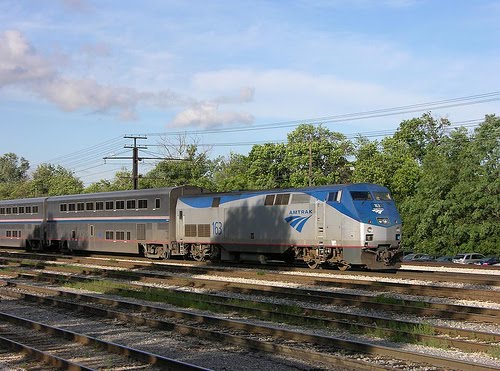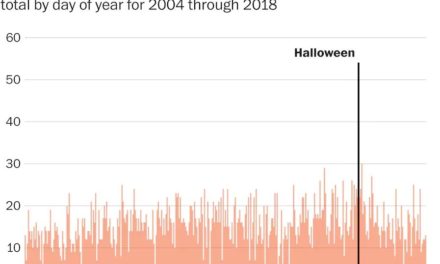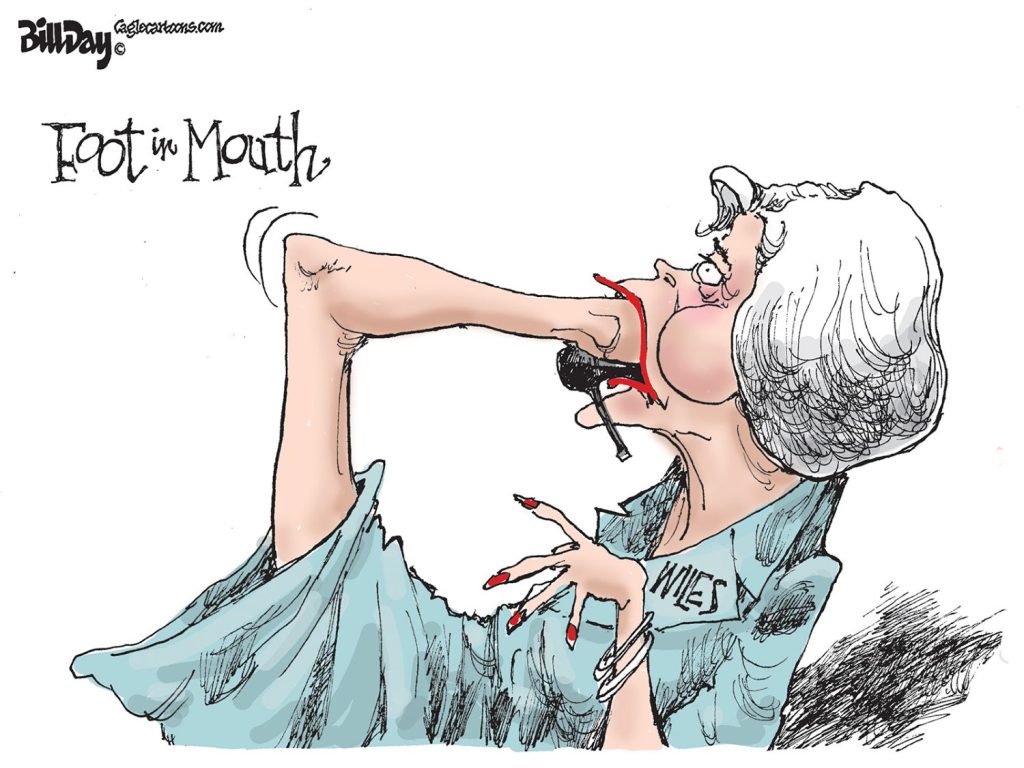By John Branston
The only thing that can save Memphis passenger trains is Memphis passenger planes.
The former is obsolete and slow but nostalgic and comfortable when it is moving. The latter is fast but full of frustrations from departure to destination whether it is moving or not.
The Wall Street Journal had a long story this week reporting that Amtrak is “flush with cash after a historic infusion from 2021’s $1 trillion infrastructure law and is accelerating efforts to overhaul and expand some of its busiest stations.”
It did not specifically mention the City of New Orleans service from Chicago to New Orleans through Memphis – hardly one of its busiest stations but definitely one of its oldest (1914 opening) and best known thanks to Arlo Guthrie. The station and South Main downtown district have gotten big bucks and attention from local and federal government and some of our best developers in the last 30-40 years. Old city, old neighborhood, old song, Old Man River, old night train kind of go together. Everything old is new again.
But a trillion dollars to “fix up” tracks, trains and stations in the name of infrastructure (every city of any size has a train station and will be clamoring for cash) and nostalgia? As the Memphis trolley system showed, real trains need population density and real regular customers, not tourists and hobbyists. That goes for neighboring properties too, like the movie theater next to our inaptly named Central Station.
I have taken the northbound and southbound City of New Orleans several times in recent years because I am old, nostalgic, cheap, and in no hurry. A ticket to Jackson costs $43, there are no security checkpoints, no pat-downs, no take-off-your-shoes. You can bring food, booze, and all the baggage you want, hole up in a comfy seat and get pleasantly buzzed or chat up strangers. Truthfully, there is not much to look at. In Greenwood, a sign on one of the many abandoned buildings says “Don’t Bother.” Whether that is a warning or advice is not clear. The northbound train goes through the corn belt but gets you to the heart of Chicago in plenty of time to walk around and enjoy the day.
The trip takes at least a few hours more than a car or plane because freights rule the rails.
Which brings us to air travel – a hellish business in Memphis lately. Delta advises in the fine print that passengers arrive at least two hours prior to departure. Much of the fleet leaves at 6-7 a.m. That means a long line at security and another half hour. Travel time from home and parking is another half hour. That means getting up at 3 o’clock to make a flight that will connect in Atlanta, Chicago, Minneapolis, Detroit, or some other hub airport to wait some more. The coach seats, of course, are shrinking yearly and service is nonexistent.
You might as well drive. Or take a train. If I worked for Amtrak I would be pointing this out more.
**
John Branston was a reporter and columnist in Memphis for 40 years
**
Join us at the Smart City Memphis Facebook page and on Instagram for daily articles, reports, and commentaries that are relevant to Memphis.





Is your assertion that Memphis’s inconvenient planes make Amtrak more competitive? I feel like driving is a more formidable competitor. I’d love to use Amtrak more, but Chicago seems like the only destination to which taking the train is economically reasonable for a larger group.
Truly, Amtrak is at its best where it serves major population centers that are within a certain proximity to each other. Specifically, major cities served by well-maintained rail lines (responsibility of the railroads, not Amtrak) that are within 250 miles of other major cities AND with a number of medium and smaller cities between. Thus, the on-going investment in the Midwest Regional Rail initiative, the Texas triangle, extension of the northeast corridor through the Carolinas to Atlanta, and various west coast efforts among others.
Issues that negatively impact the potential for passenger rail nationwide- specifically those areas that are not embedded within densely populated and/or growing regions- are magnified locally and regionally. However, NOT investing in improved transportation alternatives only further undermines a region’s ability to compete. If local and regional leaders so chose, the Memphis region could help forge the path, and thus set an example, by identifying the appropriate technologies, systems and infrastructure to serve areas that are located outside the nation’s urban/corridor regions.
Having New Orleans > Memphis > Chicago is great. But I think for this area and for the State of TN, Memphis to Nashville would do really well. It would economically benefit both cities.
An Amtrak linking Memphis to Nashville would be great for business, government, and tourism. Think of the stops: Memphis, Stanton (Blu Oval City Ford Plant), Jackson, Cuba Landing (TN River recreation), Dickson, Nashville